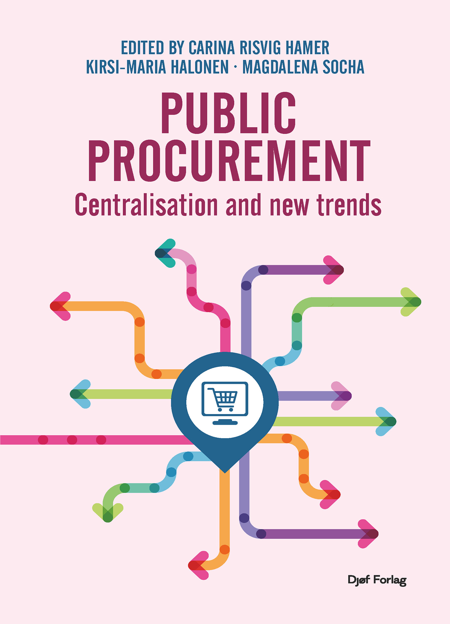Public procurement (1st Ed.)
1. udgave - 10. april 2024
Carina Risvig Hamer (red.) , Magdalena Socha (red.) og Kirsi-Maria Halonen (red.)

Vil du læse denne bog?
Køb adgang til denne og alle andre bøger på Jurabibliotek.
Køb adgangHar du allerede købt adgang? Log ind her